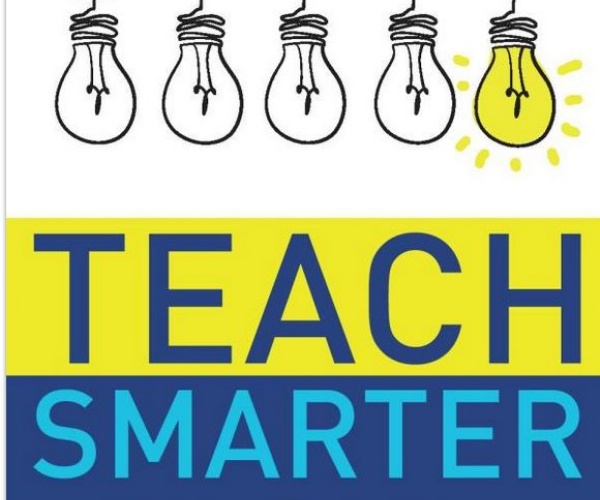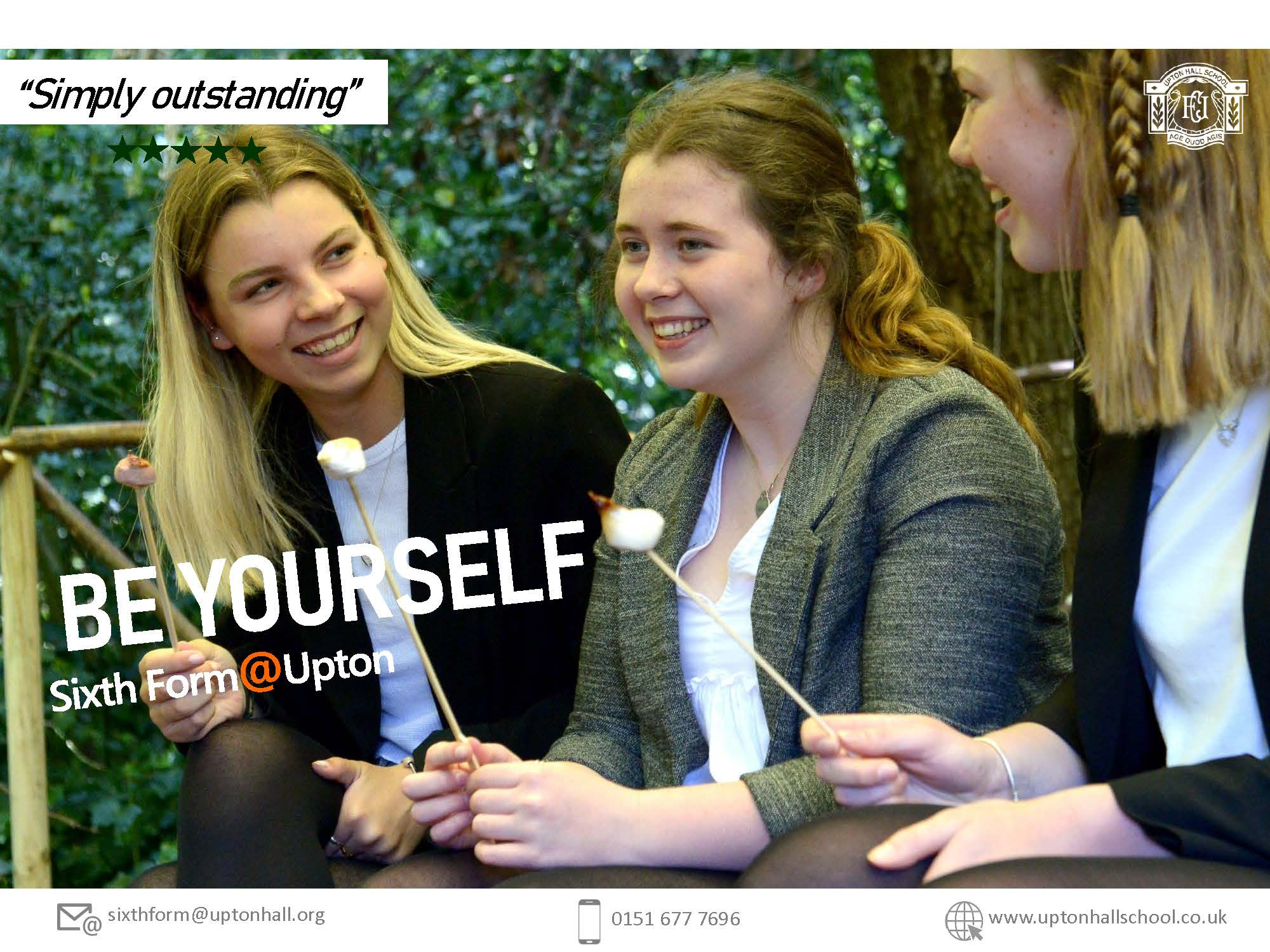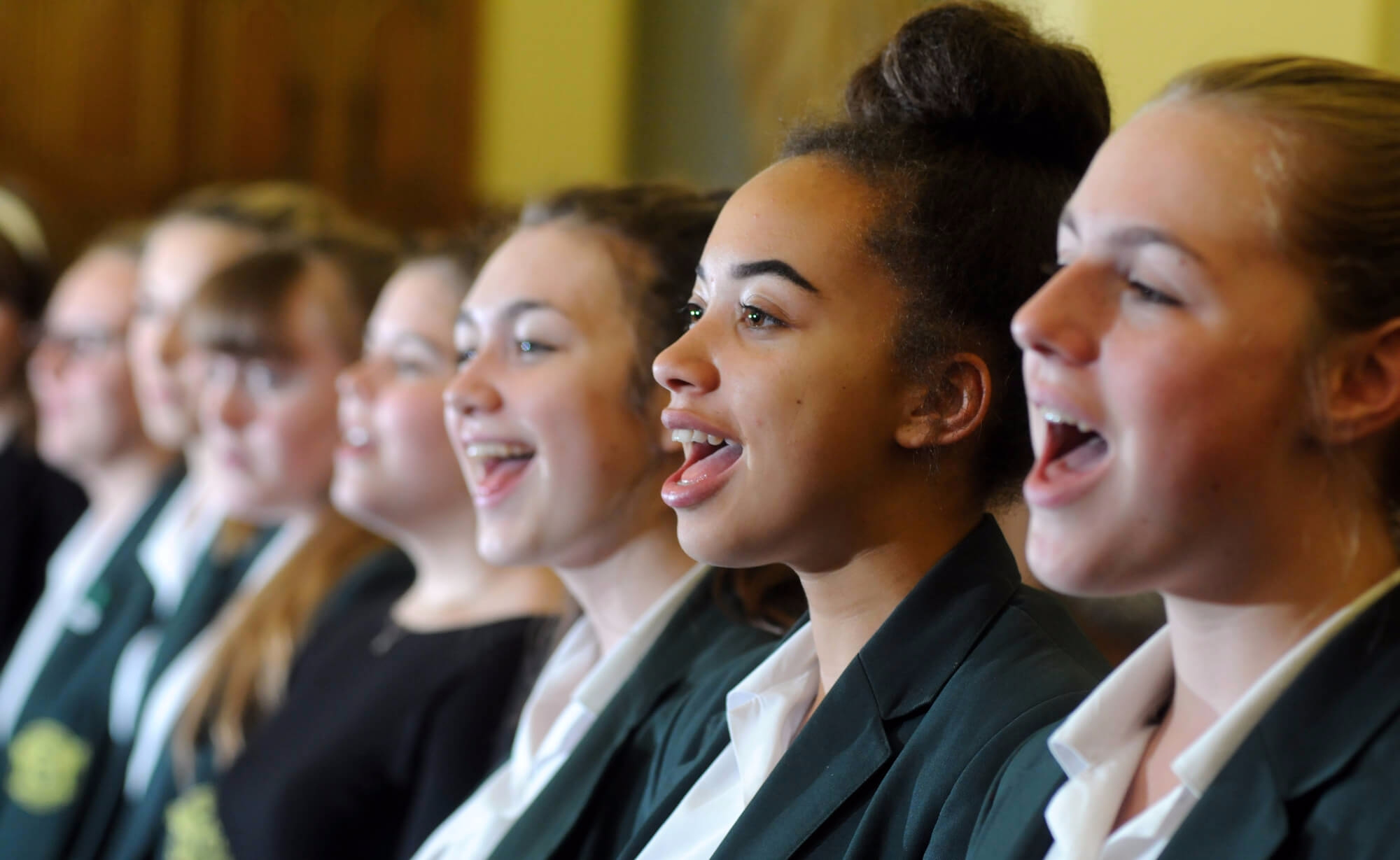Teach Smarter Book Review

From the very first paragraph Riches promises a refreshing read in comparison to other books targeted at the same saturated market of early career teachers, by outlining immediately the “time-consuming, stressful and at times unbearable” nature of pressure of the first few years for newly qualified teachers. As an early career teacher myself this was an enlightening sentence to read as it highlights that the struggle and hardships of teaching are universal, and Riches emphasises heavily this sense of solidarity throughout the book in different ways, making sure it is truly a book for teachers by a teacher.
In the first chapter Riches prepares the reader to evaluate the coming pedagogical theory and research, something I feel many books of the same ilk fail to do. He provides a succinct checklist to enable the reader to make informed decisions about educational research going forward throughout their journey, including analysing any bias the researcher may have, the size of the study etc. When presenting the reader with some key educational theorists, Riches sticks to the heavy weights opening with John Sweller’s cognitive load theory, followed by Rosenshine’s principles of education. In doing this, although there is notable absence of other important theorists such as Piaget, Vygotsky and Bloom (although Bloom is mentioned in a later chapter), Riches has allowed himself the time and space to go into enough detail of each to allow the reader to be able to make informed judgement on their own practice with the use of reflective questions at the end of each subsection. Further aiding the ability of the reader to evaluate their own practice is the fact that Riches provides not only a summary of the theory but also counterarguments from other theorists, potential impacts on teaching and learning seen in research, and at the end of the chapter a full subsection on how to apply theory in a classroom effectively and efficiently. One notable flaw within this chapter is that although Riches works to create dialogue with the reader, some may say he has fallen into the trap we as teachers can all do of bombarding students with masses of text and writing, and as we all know many students can struggle to conceptualise and understand concepts this way without the addition of diagrams or other visual aids.
Following on in much the same style Riches addresses the stigma around expectations being explicitly linked to behaviour of students and behaviour management in its own chapter. Throughout the chapter Riches pointedly steers away from linking expectations to behaviour management and instead begins by focussing on how linking expectations to learning can have a big impact on the overall classroom environment. Riches sets out his advice in succinct subsections to help readers build or evaluate their own use of expectations from the ground up by highlighting less is indeed more when setting expectations of students and the key importance of clarity and ensuring students understanding of these expectations. Though again Riches references a wide scope of educational research and theory to support his advice, in hoping to reach all early career teachers he sticks to very broad and open questions and examples throughout, steering away from any age specific or subject specific material. While no doubt the steps Riches provides are sound and a good starting point for any early career teaching to begin building their own classroom on, one would expect more specificity in the examples throughout particularly this chapter due to how closely our expectations are linked to a wide variety of factors including age, subject, school environment etc.
Riches’ concluding chapters are somewhat unusual in that he chooses to address feedback before questioning, which for me and I would assume at least some others seems to be in the wrong order compared to the rest of the chapters which flow chronologically through the teaching and learning process. Again though, Riches approaches both of these chapters in a simplistic way breaking each core aspect down and removing any jargon to allow the reader to have a good understanding to be able to relate to their own practice, before delving into his advice and educational theory. For feedback, Riches breaks the chapter down into key subsections including the difference between marking and feedback and a range of methods of feedback with broad advice for implementation along with pros and cons for each drawn from both his own experience and various educational theorists. Although Riches covers a lot within the chapter including highlighting that written feedback isn’t the only type of feedback through including whole class feedback, live marking and monitoring tasks during lessons, again this chapter lacks the conceptualisation of specific examples. The areas of written feedback looked at could specifically benefit from examples of student work be it exemplars for different subjects or examples to show what not to do. I feel this would not only help the reader to link Riches writing to their own practice but also allow for a less intensive read by breaking up the pages of text.
The penultimate chapter as mentioned before looks at questioning which again Riches breaks into some key principles before even beginning to look at implementation. He breaks this into subject knowledge, distribution and the importance of having a commonality of language to allow all students to access and engage with the questions asked. Personally I felt this hit the nail on the head in terms of introducing early career teachers to the inner workings of questioning as I know many will consider the first step of subject knowledge and just go from there without considering how the distribution of their questions could help to give them an overview of the understanding of not only individual students, but the class as a whole. Riches delves into the full variety of questioning techniques, giving the readers a definition of each type of question along with advice drawn from educational theorists including Lemov, Pashler and Bloom. A few of the types he outlines range from the basics of closed and open questions to more advanced strategies including Socratic questioning, rhetorical and leading questions. Again Riches falls into the trap of bombarding the reader with endless text and information, without any pause between strategies for the reader to conceptualise this knowledge through the use of examples or reflect on their own practice. Aside from this, the chapter is definitely a sound starting point for anyone looking to begin to improve their use of questioning within the classroom.
Whilst without a doubt there could be an endless list of things to add into a second edition particularly in light of the post covid world we are trying to adapt to, along with more notable topics such as retrieval practice and spaced learning. It is a testament to Riches’ title that this tome of implementation strategies and targeted reflection can be read in just over an hour, but with the potential to have an impact that lasts years. I would definitely direct both trainees and other early career teachers to this book as a starting point for whatever part of their teaching journey they are at, as it offers many great takeaways and insights into a wide base of pedagogical theory and research.












